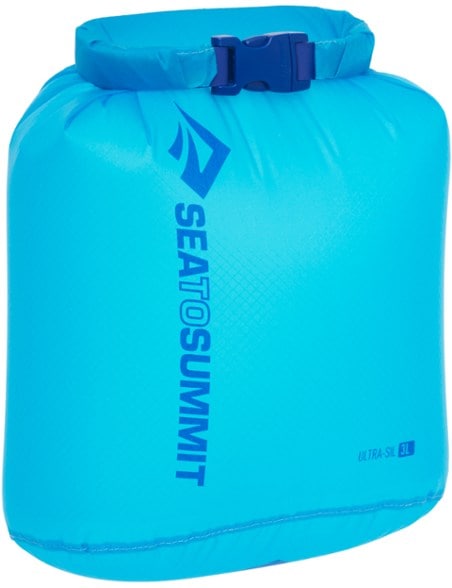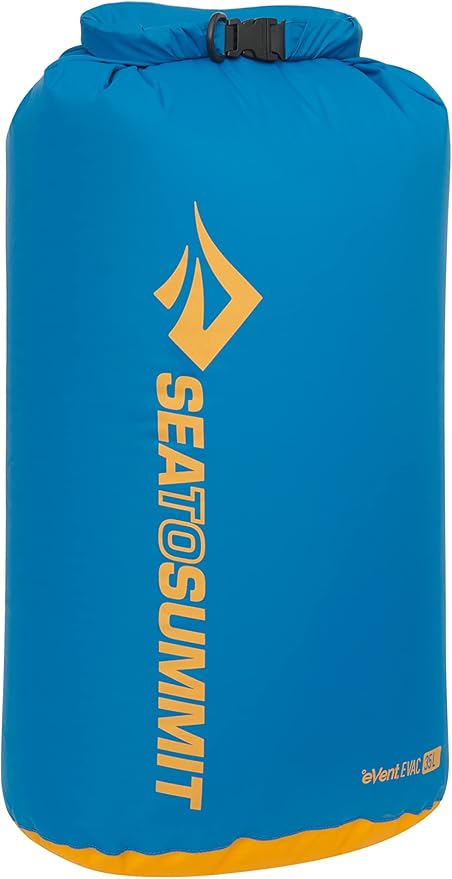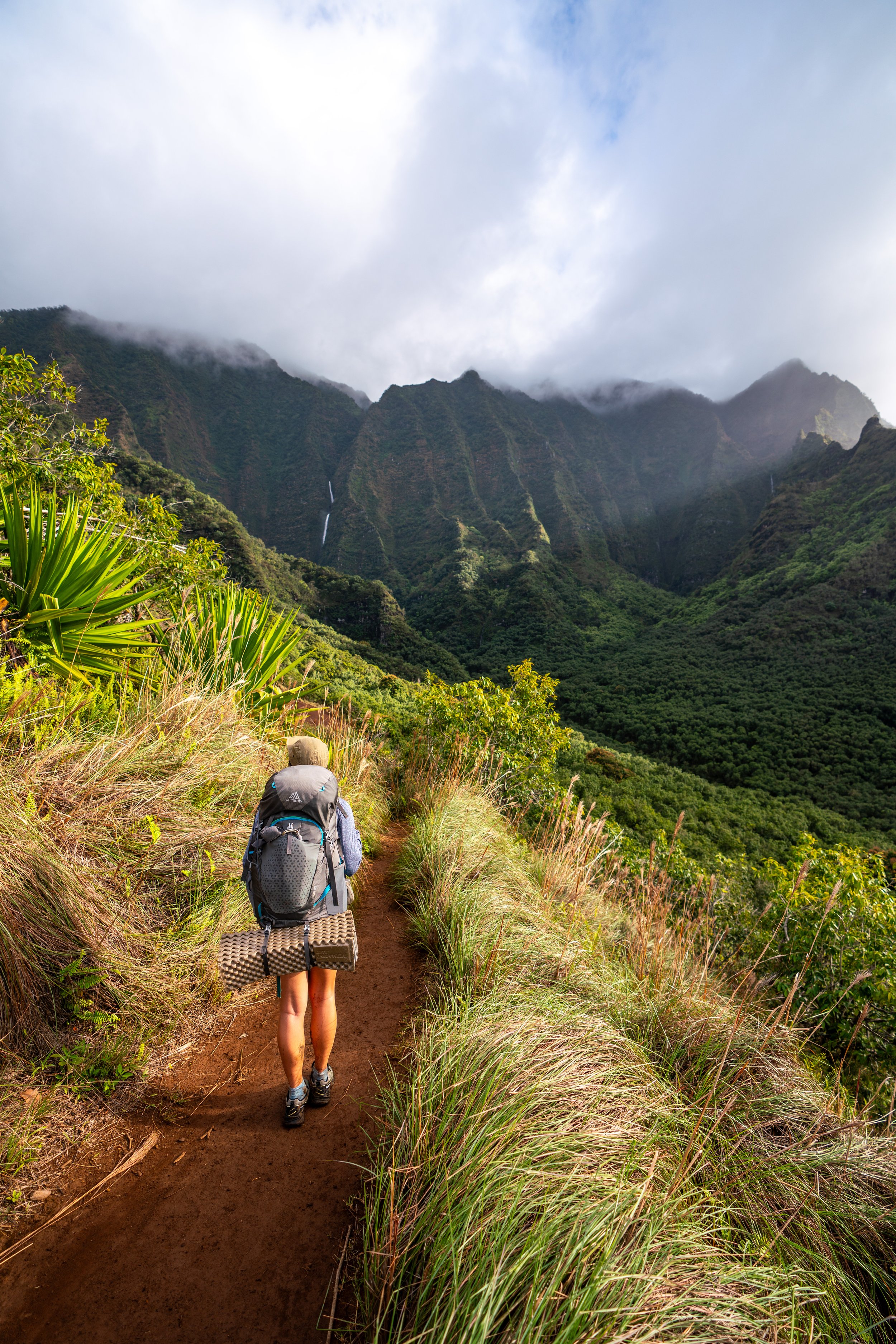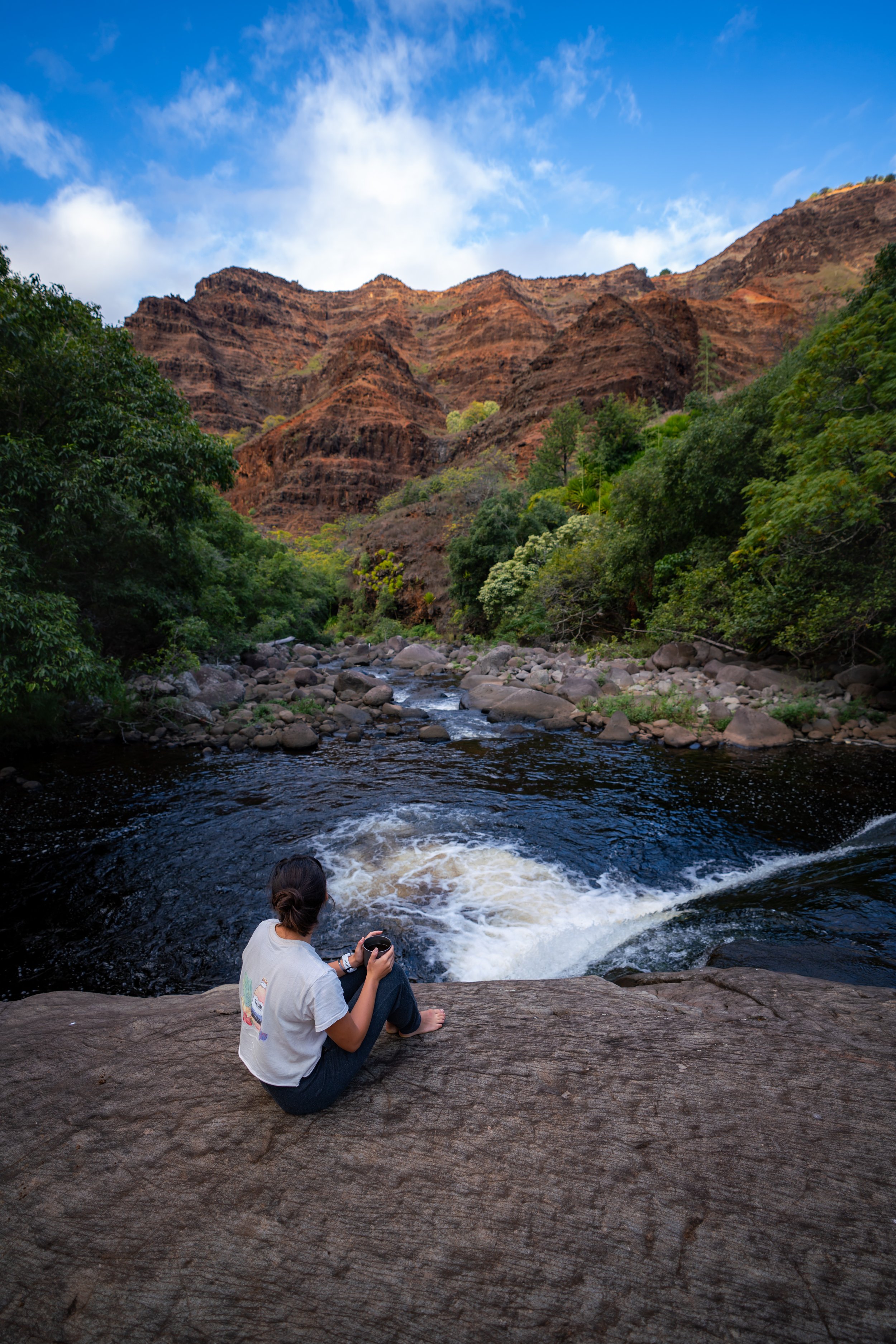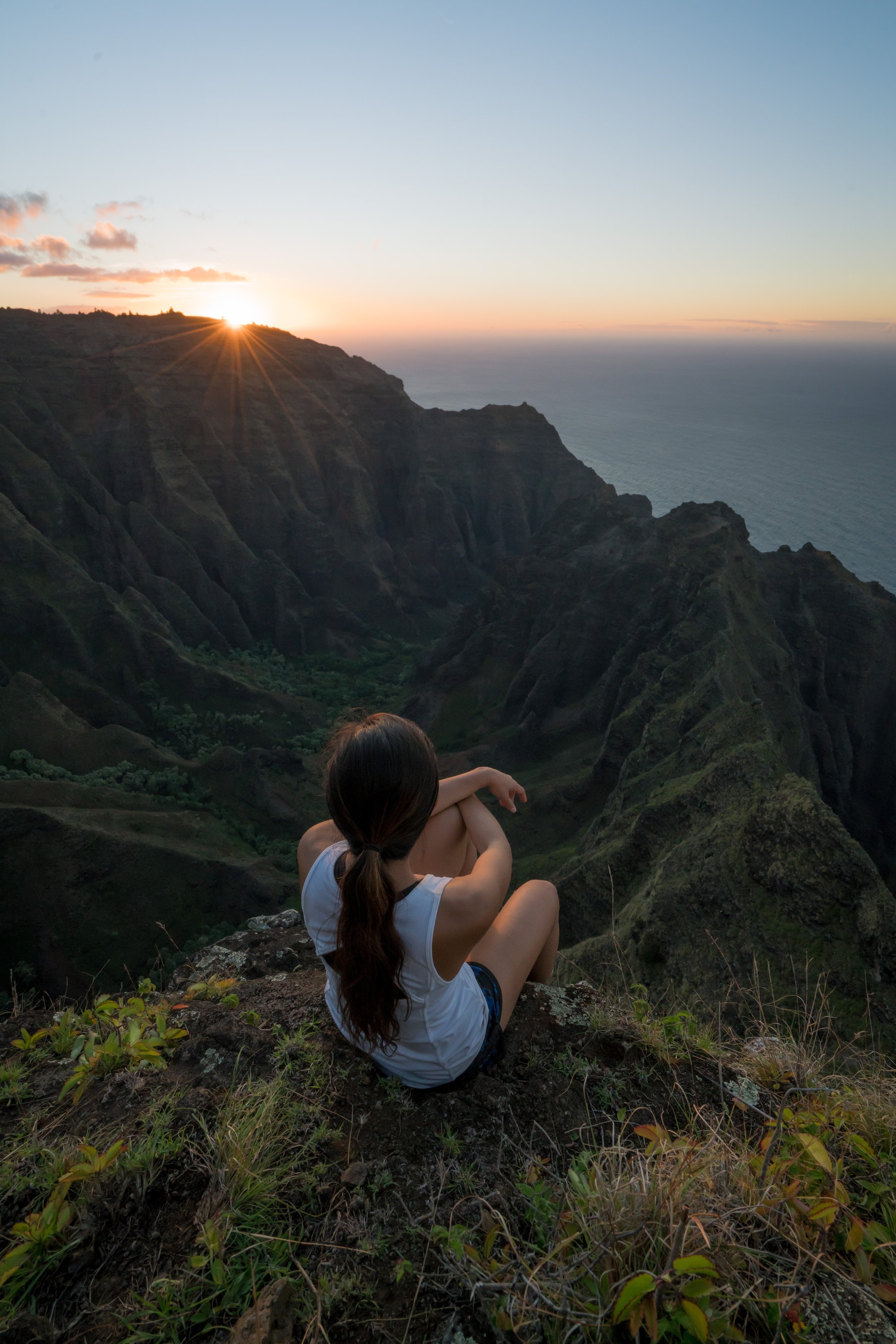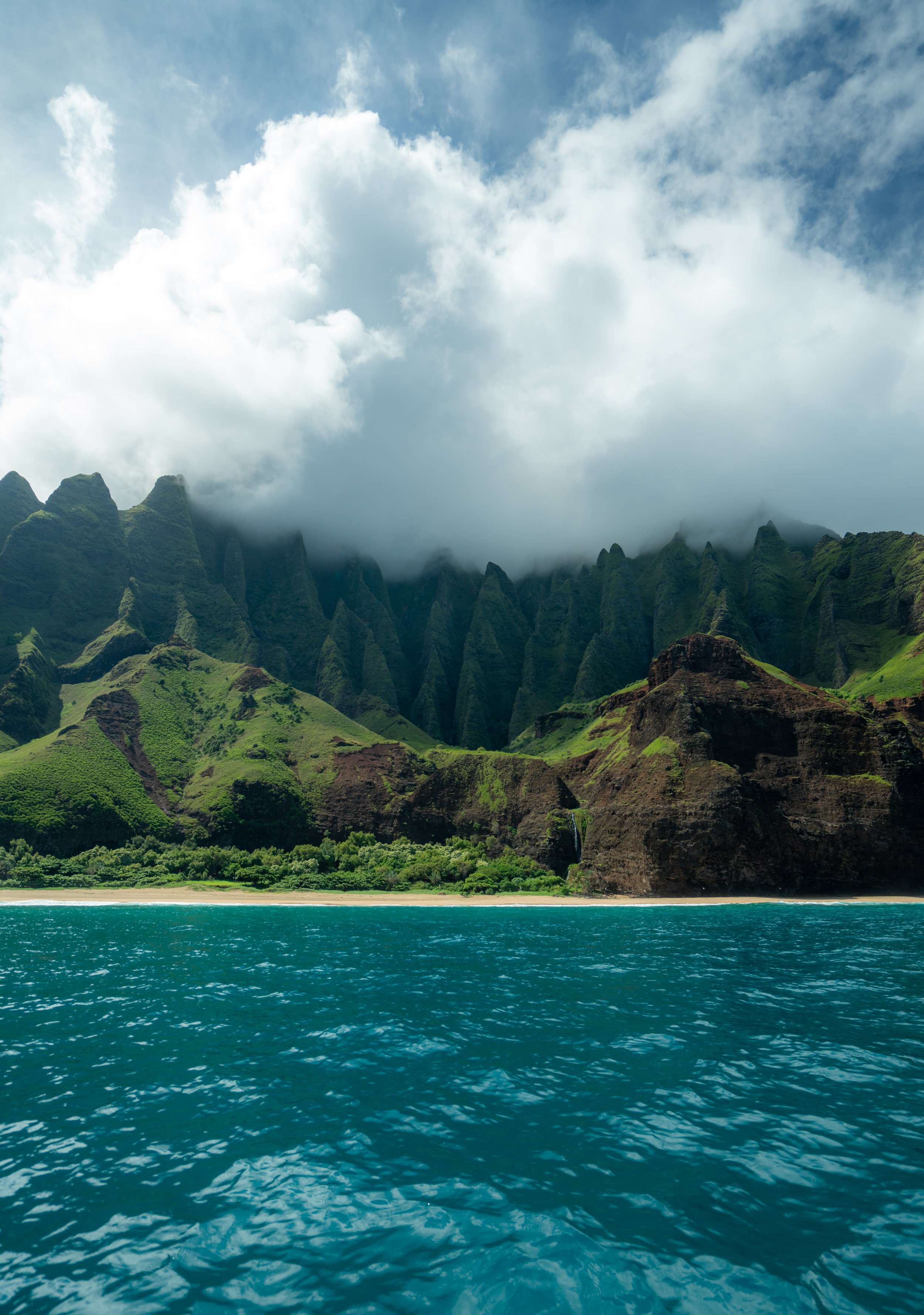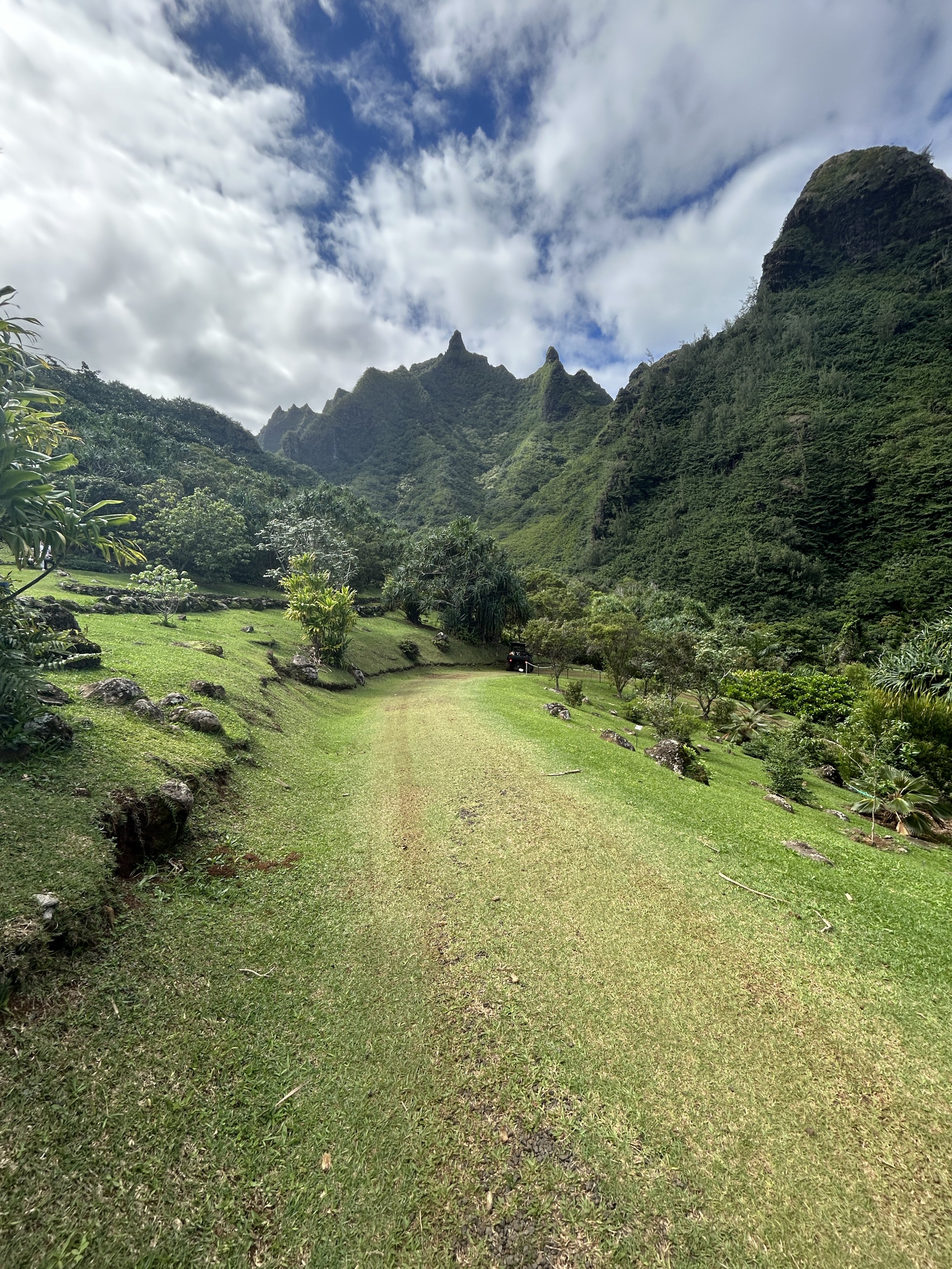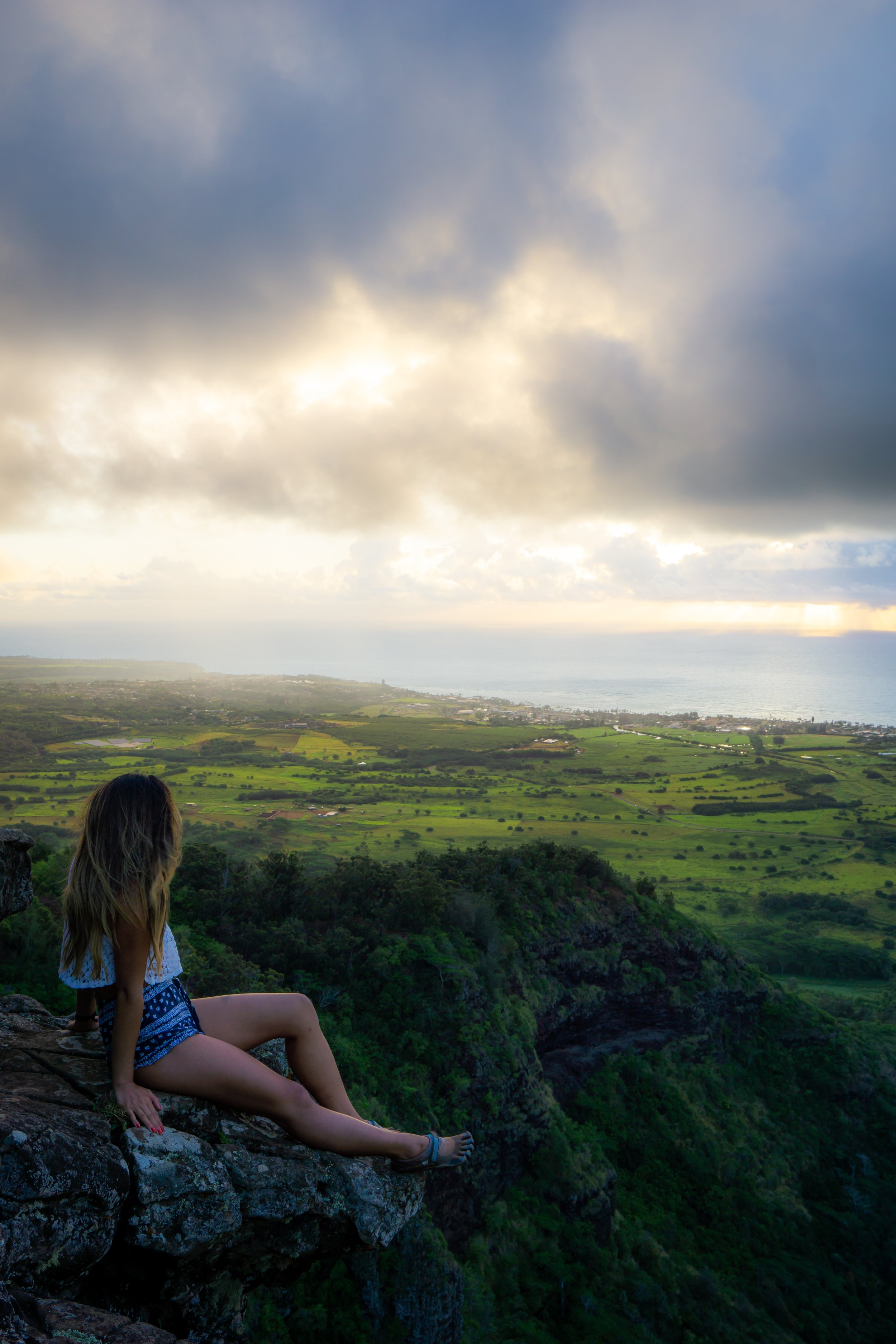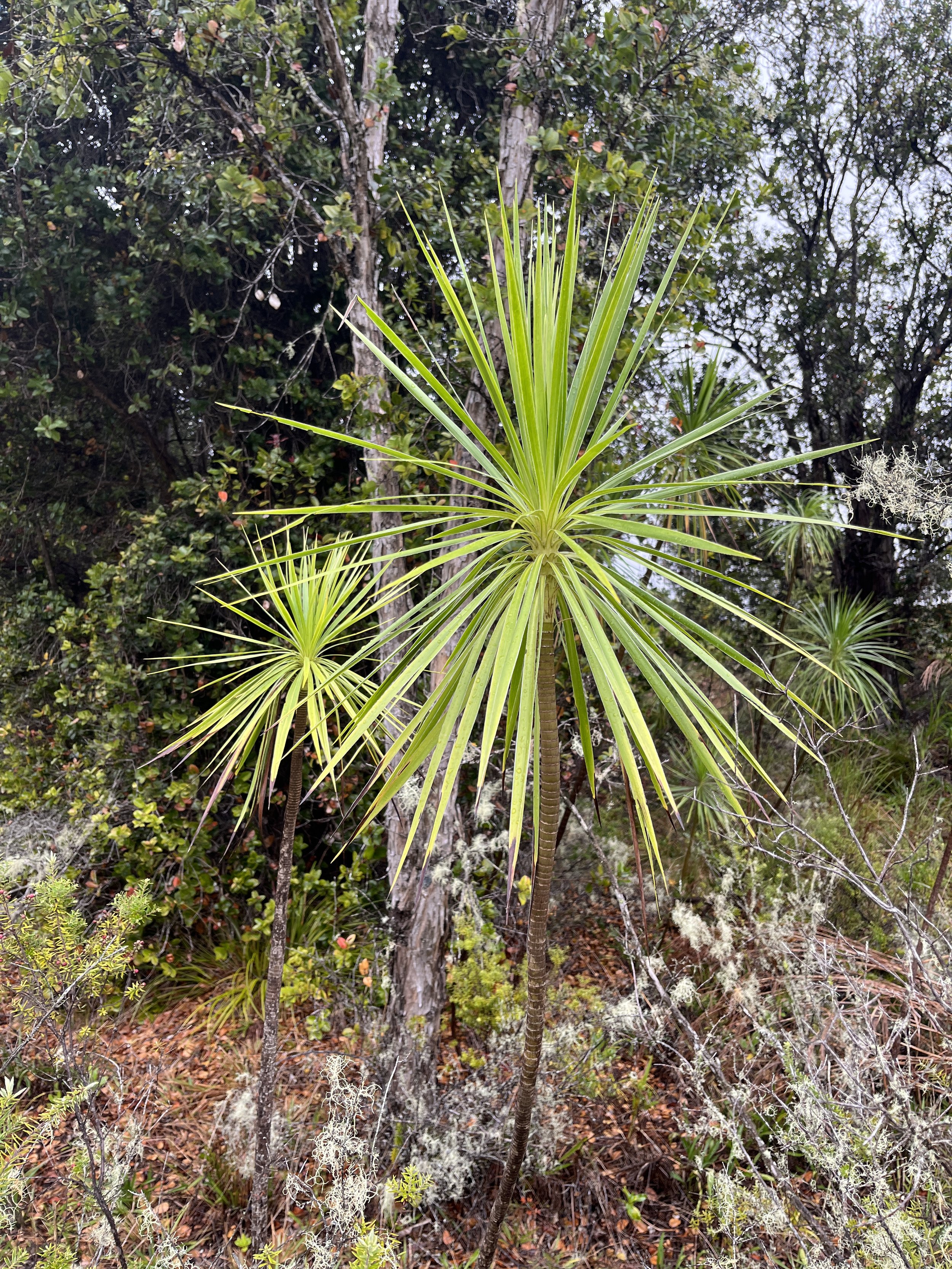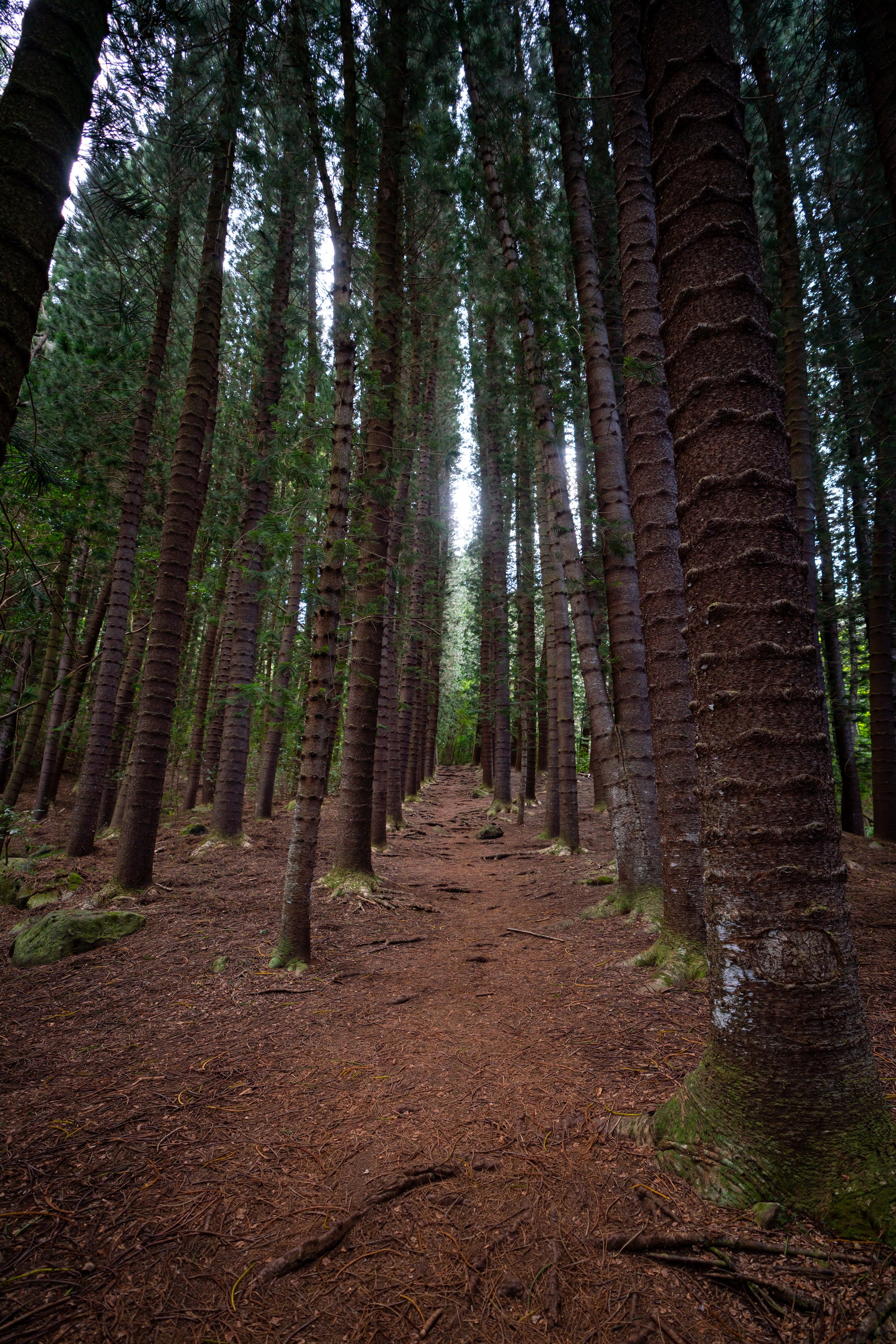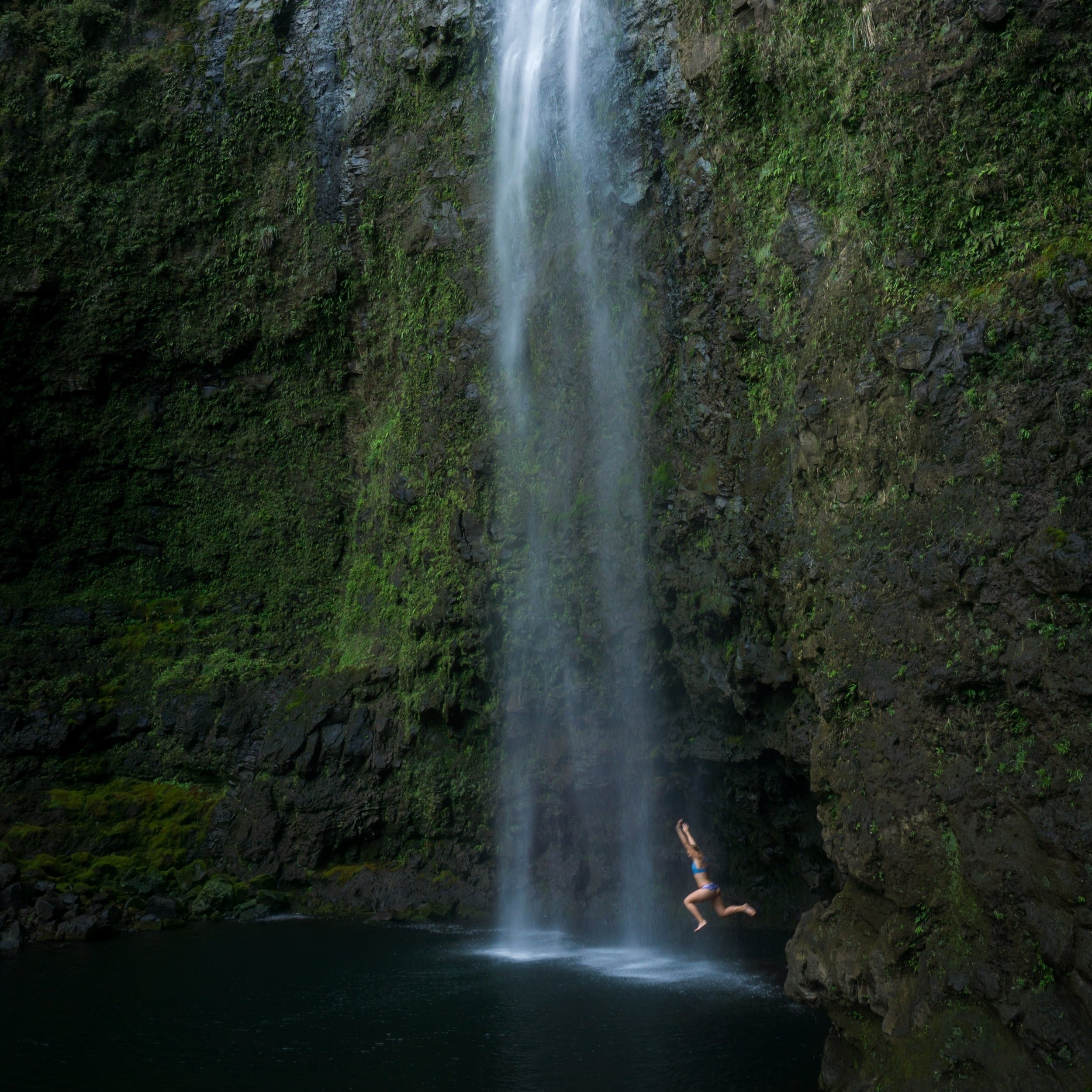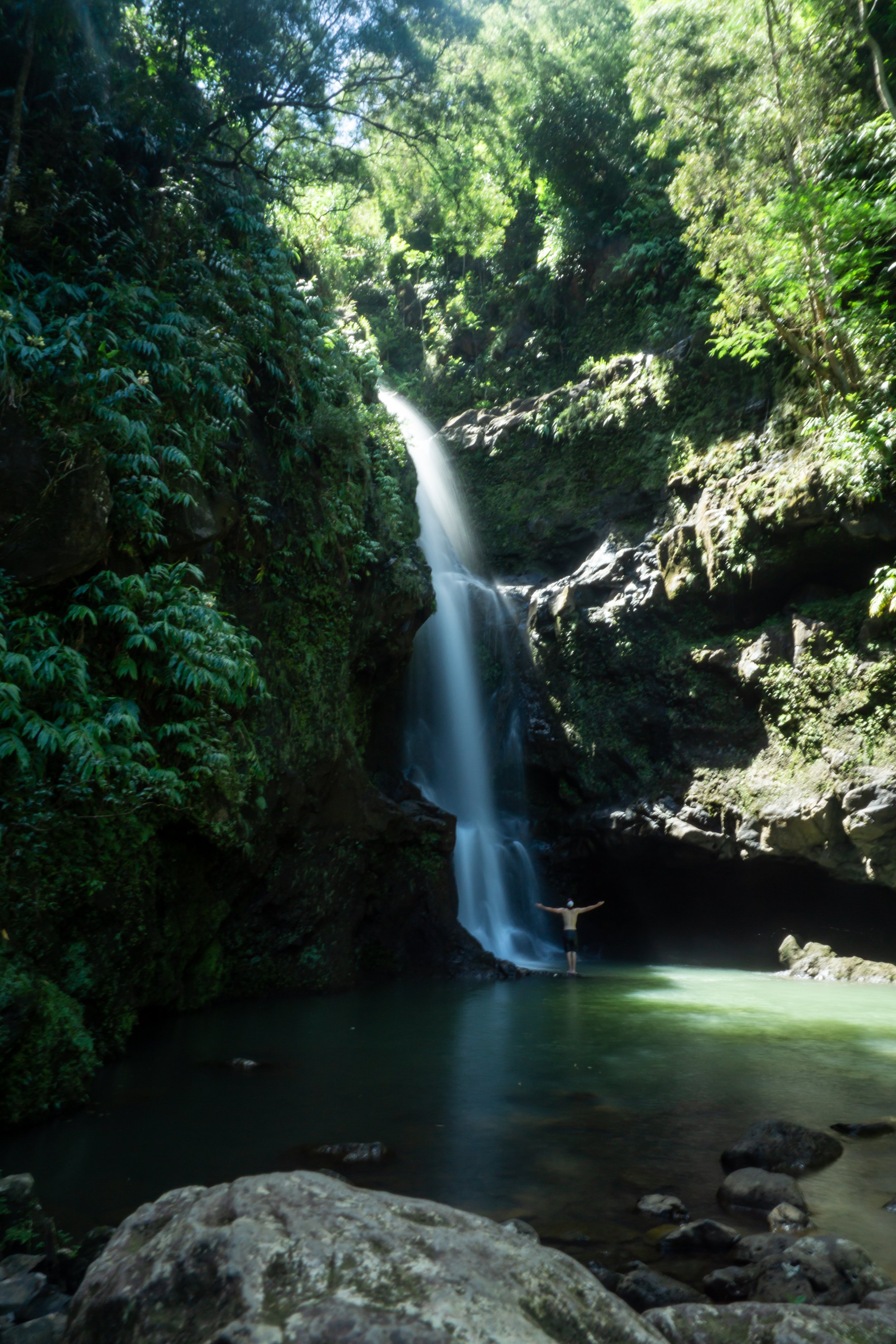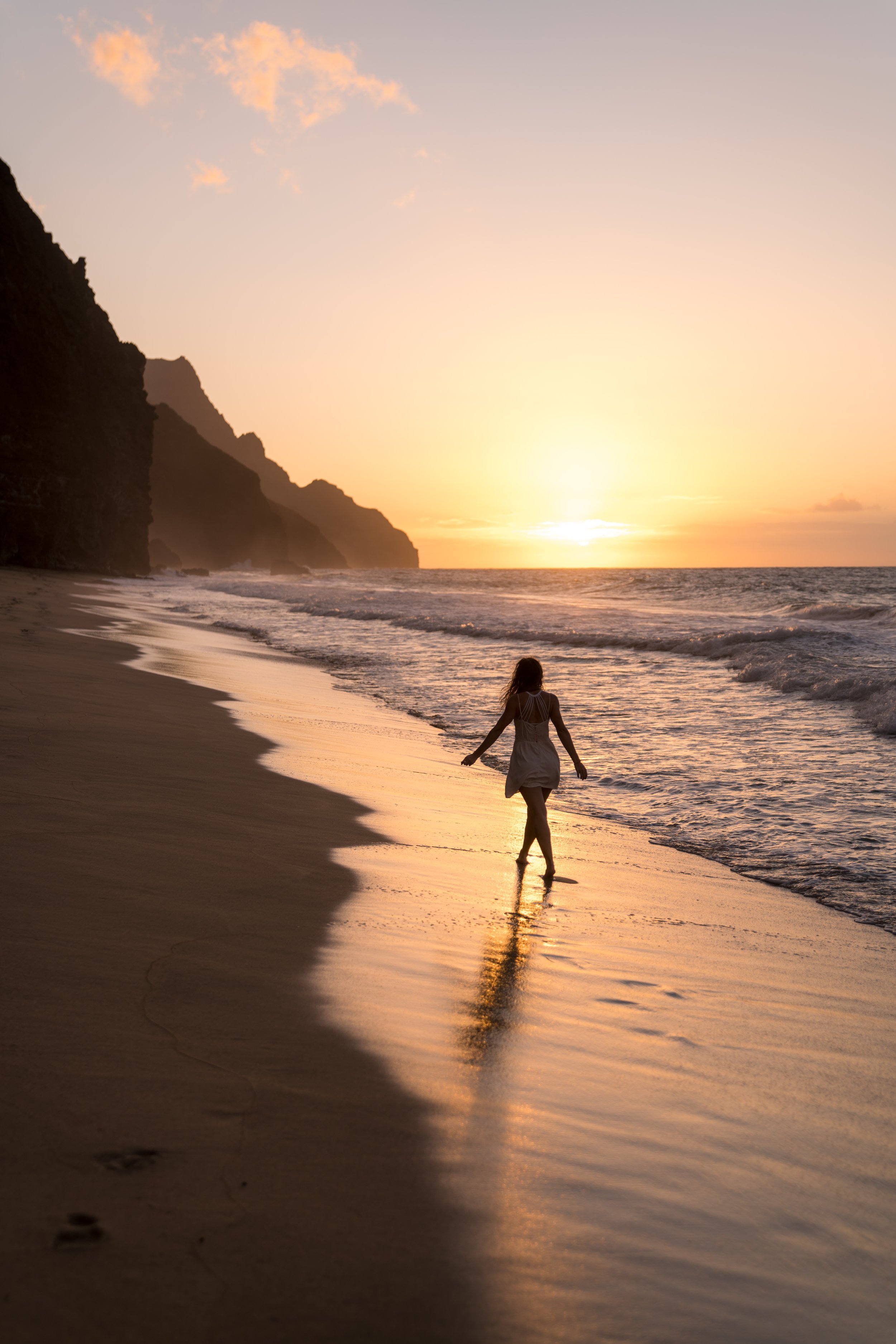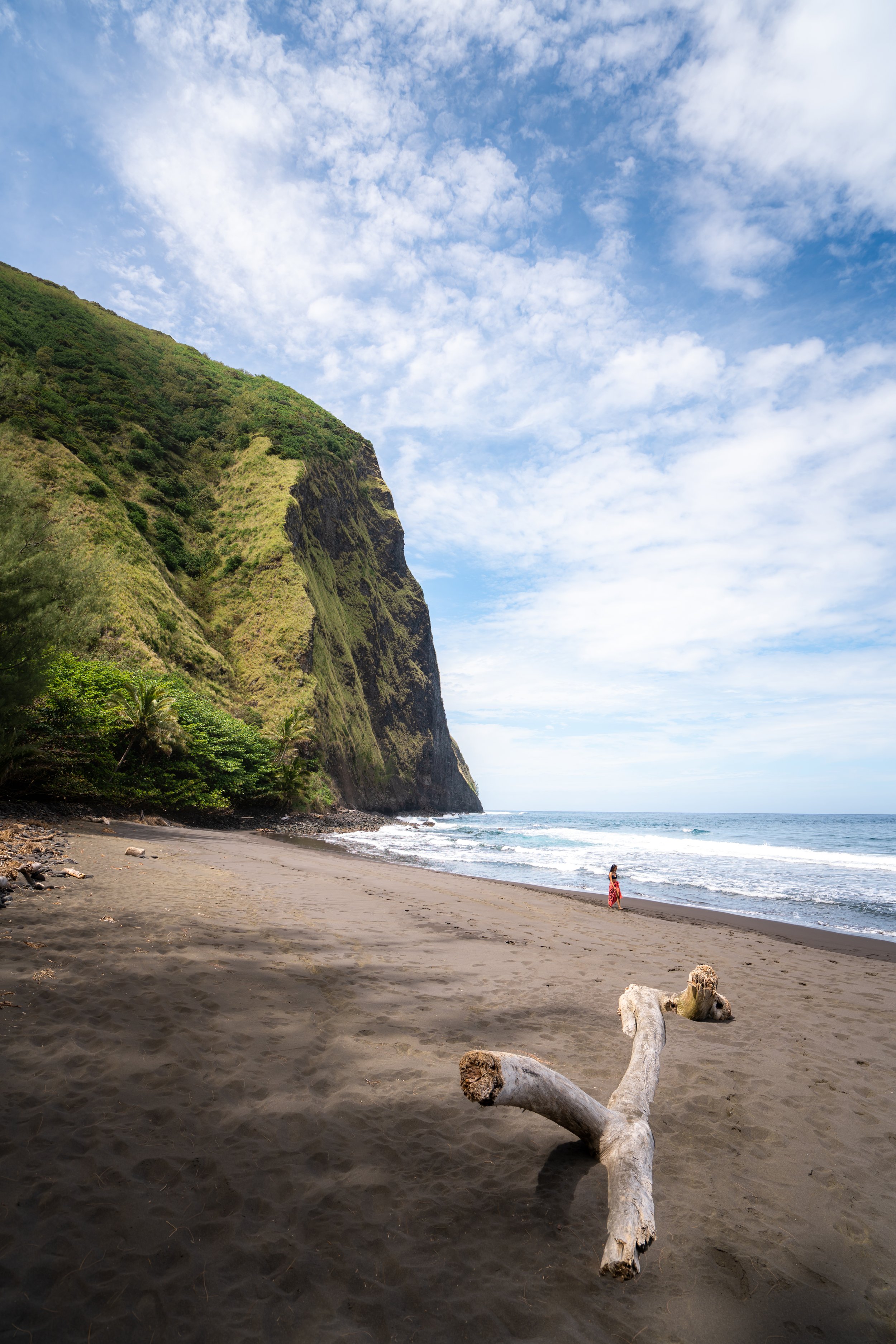Hiking the Weeping Wall aka Blue Hole (Mt. Waiʻaleʻale) on Kauaʻi, Hawaiʻi
Access to the Weeping Wall Trailhead via Loop Road is inaccessible until at least December 2024, according to the Hawaiʻi Department of Land and Natural Resources.
Distance (Roundtrip): 6.2 miles / 10.0 km
The Weeping Wall Trail is, without a doubt, one of the best and most beautiful hikes in the world!
By this, I mean that if I had a top five list of the best hikes in the world, it would go Pēpēʻōpae, Awaʻawapuhi, the Kalalau Trail, the Bear Creek Overlook, and the Weeping Wall!
That being said, hiking into Blue Hole is not for the faint of heart. It’s a long, muddy, remote, and, needless-to-say, slippery trail that requires good navigational skills and, most importantly, good weather! Good weather cannot be understated!
Therefore, don’t use the distance above to estimate the amount of time that it will take to hike the Weeping Wall.
I have seen the hike take 1.5 hours each way, and I’ve seen the hike take 3 hours each way.
For this reason, if you are not familiar with Hawaiʻi gulch hiking, do not expect this hike to be a short adventure by any means. Meaning, it’s best to plan for a longer-than-3-hour hike each way.
Weeping Wall Trailhead Parking
Parking for the Weeping Wall Trail is located at the very end of Loop Road (Kuamoʻo Road). This is the same road that leads to ʻOpaekaʻa Falls in Wailua.
That being said, a high-clearance 4WD vehicle is needed to access the trailhead.
Furthermore, Loop Road will cross a stream 3 different times, and expect the drive to be very rough drive past the first stream crossing.
Finally, you will know you are at the trailhead when you reach a dirt parking area and an obvious dam where you cannot drive any further.
Google Maps Directions: Weeping Wall Trailhead
My Hawaiʻi Hiking Checklist
Osprey 3L Water Bladder - The Osprey 3L water bladder is the most universal hiking and backpacking water bladder on the market, and it’s my go-to because of the slide-off seal that allows it to be quickly filled from the top. Additionally, individual parts are easily replaceable, such as the bite valve.
Blister / Heel Protectors - I swear by these cheap, amazing heel protectors to prevent blisters for nearly every kind of hiking and backpacking that I do!
Black Diamond Headlamp - Personally, I recommend the Black Diamond Storm because it is one of the brightest, lightest, and longest-lasting headlamps on the market—and trust me, the weight-to-battery-life ratio really does matter!
Hiking / Trail Running Shoes - Depending on the type of trail, I prefer to use either the Keen Targhee for longer, more rugged hiking or the HOKA Zinal Trail-Running Shoe for lighter, less intense trails. In either case, both have been amazing to me for many years across countless environments, and both can be found in men’s and women’s sizes. - (Men’s Keen / Women’s Keen) (Men’s HOKA / Women’s HOKA)
Waterproof Rain Shell - You never know when it may rain, and I’ve learned over the years that a rain shell is far better than a rain jacket. By this, I mean that it’s best to have something that the water will roll right off of, which is why I recommend the Patagonia Torrentshell 3L available in both men’s and women’s sizes.
High SPF Sunscreen - Packing high-SPF sunscreen is a must for long days outside!
Hiking the Blue Hole Trail
When the road reopens and I find the weather window, I have every intention of re-hiking the Weeping Wall Trail and updating this article.
That being said, the Weeping Wall Trail begins on the right side of the Wailua River.
From here, the trail will follow the stream for the entire length of the trail, with countless crossings along the way.
In the first half of the hike, you will reach a waterfall, not the waterfall in the photo above. At this first waterfall, the Blue Hole Trail will continue up and around to the left.
Then, sometime after this first waterfall, the trail reaches an ungulate-exclusion fence, where you will go through a gate.
Next, after the second waterfall, shown above, there will be a series of hills until you finally see the Weeping Wall.
The hike may seem to drag on, but just know that the stream contours one huge bend in the mountains, meaning it will constantly curve to the left until you are at the base of Mt. Waiʻaleʻale (The Weeping Wall).
As mentioned previously, plan for a very long day. You should be driving to the trailhead shortly after sunrise, pack plenty of food and water for the hike, and factor in spending time at the Weeping Wall. I have never been driving away from the trailhead any earlier than an hour from sunset.
On a different note, hiking the Weeping Wall with one of the dry bags below may be one of the most important gear items for a hike like this, especially based on my description below.
Warning
The Weeping Wall is considered to be one of the wettest spots in the world, and you might get rained on the entire time. However, if it is coming down any more than a very light rain, I would caution against doing the hike. I have seen the worst possible outcome during a flash flood on a nearby trail.
To this point, checking nearby weather forecasts for Wailua and Kapaʻa generally won’t be accurate for the island’s interior. Therefore, I recommend using Mountain Forecast as your best source for weather information.
Ideally, you should look for a sunny day the day prior to your hike and the day of your hike to remain safe. This should ideally mean all parts of the island, not just where you might be at the time.
This is all to say, DO NOT ATTEMPT the Weeping Wall Trail if the stream appears to be flooding at any time during the drive-in or at the trailhead.
By this, I mean that you should be able to see and walk on the boulders in the stream, not only see water covering the entire stream bed.
I say this because Blue Hole is quite possibly the worst place you want to be during a flash flood, which is why I always look at Hawaiʻi gulch hiking as borrowed time. Therefore, enjoy the hike, enjoy the Weeping Wall, but be aware that you are entirely responsible for your own safety in such a remote location, as it’s very common to be the only hikers on the trail on any given day.
All said, do not expect to have cell phone service on any part of the trail, and rescue services will be limited if the conditions are too dangerous for help to arrive or if it’s getting dark out, as was the case when I tragically lost a friend in a nearby stream.
More Kauaʻi Adventures
If you’re interested in reading about some more amazing Kauaʻi adventures, check out my separate posts below!
Best Hotels & Vacation Rentals on Kauaʻi
Since the best things to do on Kauaʻi are located on all different sides of the island, I recommend starting your search on VRBO.
You may want to stay some nights in Poʻipū, some nights in Kapaʻa, and even some nights on the beautiful North Shore, but this way you can plan out places to stay and adventures on all different sides of the island!
Best Way to Book Rental Cars!
I travel quite a bit, and I know firsthand that finding a good rental car deal can be a challenge, but that’s why I recommend comparing all of your options with Discover Cars.
In short, Discover Cars is a well-known, reputable business that allows you to search for the best deal across companies, and they have the best full-refund cancellation policy I’ve ever seen, valid up to 72, or sometimes even 48, hours prior to your reservation!
Book Here: Discover Cars
Visiting Other Islands
If you are visiting Kauaʻi or heading to another island, check out some of my personal recommendations for Oʻahu, Maui, Kauaʻi, Molokai, Lānaʻi, and Hawaiʻi Island (Big Island) in these separate posts.
If you’re trying to decide which island is right for your visit, check out my overview about each island in the post below.
Read My Separate Post: What is the Best Hawaiian Island to Visit?
What is the Best Time of Year to Visit Hawaiʻi?
The weather in Hawaiʻi can often appear to be warm and beautiful throughout the year, but in my experience, there is a lot more to consider when planning what time of year to visit the islands, such as what island you are considering, what sides of each island do you plan to stay, what activities are you most interested in, the wildlife, and countless other nuanced variables that can all impact the type of trip you can expect to have.
For these reasons, I highly recommend reading through my separate article to not only understand my thoughts regarding the best time of year to come to Hawaiʻi but also what you need to consider based on the time of year that you plan to visit.
Read My Separate Post: What is the Best Time of Year to Visit Hawaiʻi?
Safety
All hikes in Hawaiʻi should not be compared to trails outside of the islands, and hikers should exercise due caution on every adventure, given that many are extremely dangerous.
By this, I mean that Hawaiʻi is known for hot, humid weather, steep, dramatic, and unstable cliffs, and flash floods, which can occur without warning. Therefore, it is important that you check the local forecast, understand the physical condition of your entire group, and pack sufficient food and water before attempting any adventure.
Disclaimer
All information provided on this blog is for informational purposes only and is not intended to be a substitute for information or advice from qualified professionals or managing agencies.
Noah Lang Photography LLC makes no representations or warranties regarding the accuracy or completeness of the information provided here, and readers should use their own discretion, judgement, and seek professional advice where it is appropriate.
Furthermore, Noah Lang Photography LLC shall not be held responsible for any injuries, lost individuals, or legal issues arising from the use of information provided on this website, and if applicable, the above safety disclaimer should be referenced to provide a generic overview of the risks involved.
All said, the content on this blog is for the sole use of Noah Lang Photography LLC, and unauthorized use or reproduction of this content is strictly prohibited.
Disclosure
This post is not sponsored.
However, some of the links in this post are affiliate links, which means that I may earn a small commission if a purchase is made through one of those links. This commission comes at no additional cost to you, and I only recommend products that I personally use and believe will add value to my readers. Thank you for your support, which enables me to continue creating more!
To read the full privacy policy, click here.

About This Blog
Noah Lang Photography, also known as @noahawaii, is 100% reader-supported!
I do not accept guest articles or sponsored content of any kind on my blog, which is why, if you enjoy the outdoor and travel content I create, please consider buying me a coffee!
I appreciate your support, which helps me continue to keep this blog alive!










